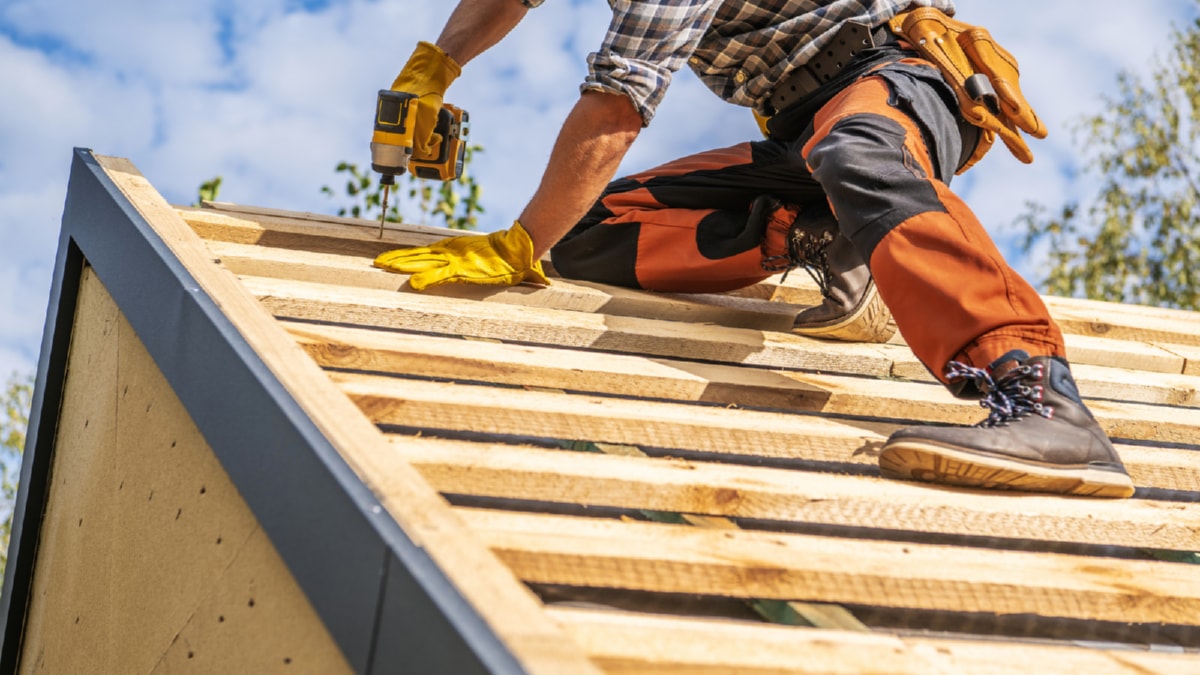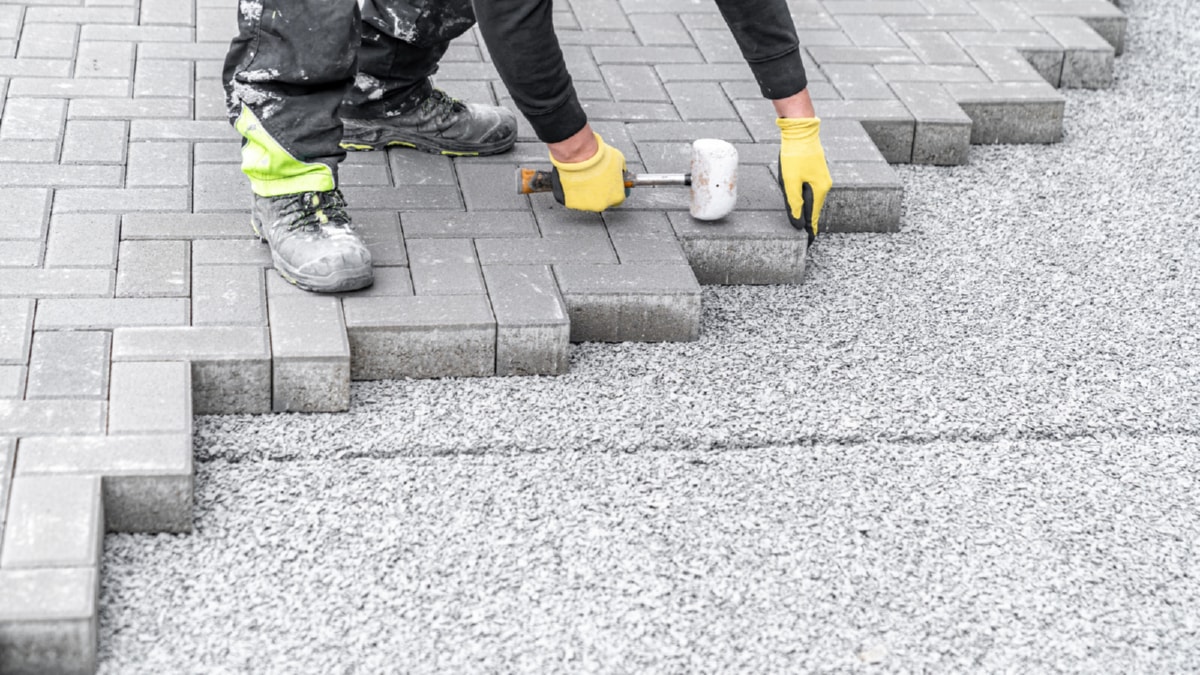The world of building and construction is standing at the cusp of a technological revolution. From the way structures are planned and designed to how they are built and maintained, new technological advances are dramatically transforming the traditional approach to construction.
AI and Machine Learning are two of the game-changing technologies that have begun to make their presence felt in the construction industry. These technologies are being used to predict project outcomes, manage risk, increase efficiency, and enhance safety. For instance, AI-powered robots can carry out tasks such as bricklaying and concrete dispensing, reducing the time taken to complete these tasks and minimizing the risk of human error.
Building Information Modelling (BIM) is another noteworthy technological trend in construction. This advanced process involves the generation and management of digital representations of physical and functional characteristics of a facility. BIM allows construction teams to virtually explore a project in 3D, enabling them to identify any potential design, construction, or operational issues before the project even begins. This not only saves time and money but also enhances the overall quality of the project.
The emergence of 3D printing has also marked a significant shift in the construction industry. This technology has the potential to speed up the construction process by allowing for the rapid production of complex, bespoke building components. It can also reduce material waste, making the construction process more sustainable. Moreover, with the advent of large-scale 3D printers, entire structures can now be printed, paving the way for a new era in construction.
Drones and unmanned aerial vehicles (UAVs) are becoming more prevalent in the construction industry as well. These devices can be used to survey sites quickly and safely, capture real-time images and data, monitor progress, and even assist in building inspections. This technology not only improves efficiency but also enhances safety by reducing the need for workers to access dangerous or hard-to-reach areas.
Augmented Reality (AR) and VR are other technological advancements that are revolutionizing the construction industry. These technologies allow architects and engineers to visualize and interact with their designs in a virtual environment before construction begins. This ability to ‘walk through’ a building before it’s built can help identify and resolve any potential issues, leading to a smoother construction process.
In conclusion, the advent of new technologies in construction is transforming the way we design, build, manage, and maintain our structures. No longer are we confined to traditional methods and processes. As these technologies continue to evolve and mature, we can only expect the construction industry to become more efficient, safer, and sustainable. The future of construction, indeed, looks bright with the promise of technology.
.
For more details, check best exterior step and stair rebuild and replace service or visit their business listing here.



